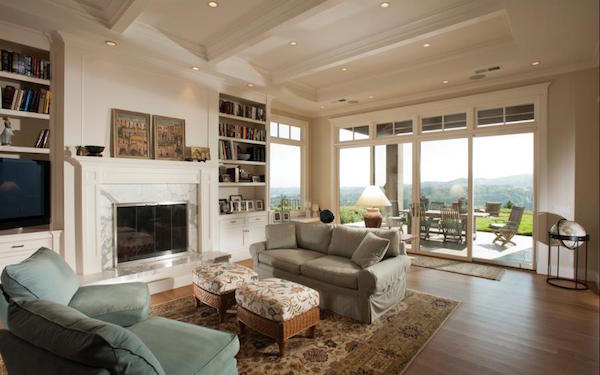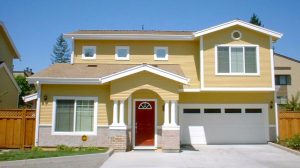
Consumers who custom-build homes will need to make hundreds of design decisions. Photo: Timeline Design (2017)
We can usually get the little things in life just the way we want them: our coffee can have the perfect amount of sugar; our pizza, the perfect toppings. Unfortunately, when it comes to the big things, we’re expected to compromise. We’re supposed to ignore the little flaws of our partners, muddle through the less-than-glamourous parts of our jobs and accept the fact that there’s no such thing as the perfect home…or is there?
Rather than deal with the continual maintenance of an older house or attempt to shoehorn remodeling plans on a pre-existing structure, some people choose to build a custom home from scratch. Projects of this scale are not for the faint of heart—they require time, energy and patience. But when you’re finally ready to move in, you’ll have a home that’s designed to perfectly fit the needs of your family.
“Once you complete a custom-built home, the rewards are immense,” says Matthew Harrigan, president of Timeline Design. “However, custom homes aren’t the right solution for everyone, so you need to ask yourself some serious questions before you get started. Do you have the time to complete a custom construction project? Do you have the temperament to handle the continuous decisions that will come up?”
Hung Tu, president of An Ky Construction Inc., echoes Mr. Harrigan’s caution: “Anyone considering a custom-built home needs to do their research and know exactly what they want. The home design needs to be perfected before construction can even begin.”
Custom-built homes often take years to plan and complete. “I usually anticipate about a year to finalize the design and another year for the build, although a lot of that depends on the municipality,” says Mr. Harrigan. “Some cities have a permitting process that takes years, like Santa Cruz, whereas places like Los Gatos move permits through fairly quickly.”

Even though custom homes are time-consuming to build, they may be a better value for some consumers. Photo: An Ky Construction Inc. (2017)
A large part of a custom home’s appeal is the ability to choose features, functions, and aesthetics that suit the owner’s unique needs and tastes. Consequently, during the building process, both Mr. Harrigan and Mr. Tu meet weekly with their clients to discuss the progression of their projects. “While it’s up to the individual, most people spend two to four hours per week at the jobsite making design decisions,” explains Mr. Harrigan. “The architectural design of the home usually goes smoothly, but the interior design often turns out to be unexpectedly time-consuming.”
Mr. Tu says that when it comes to custom home design, certain trends never change. “I think a lot of people visit their friends’ homes, see things they like and then put them in their new home designs. As a builder, I find myself making the same kitchen over and over again!”
Mr. Harrigan has seen a growing emphasis on creating indoor-outdoor living spaces. His clients are also shifting away from having oversized great rooms and are instead opting for game rooms or home theaters to isolate noise. While the Bay Area is known for its tech-savvy populace, Mr. Harrigan says he’s noticed a certain ambivalence when it comes to his clients adopting in-home technology. “Some people want high-end, fully integrated electronics, but others prefer a simple light switch.”
Aside from the ability to customize, many consumers find that investing in new construction is a good financial move. “For many families who outgrow their first homes, it makes more sense to build a new house that’s top-quality and energy-efficient,” says Mr. Tu. “Compared to the cost of putting an addition on a pre-existing home, new construction may be a better value.”
